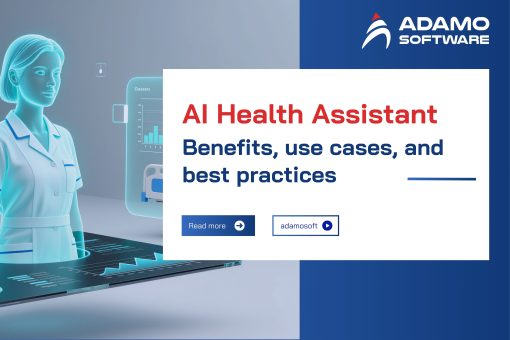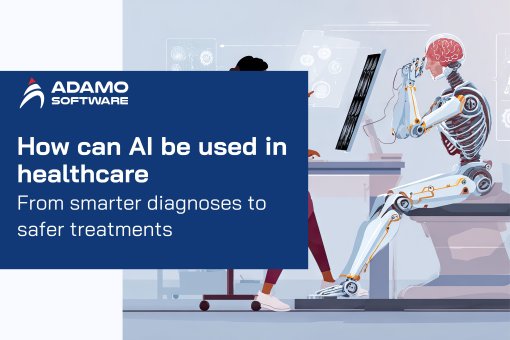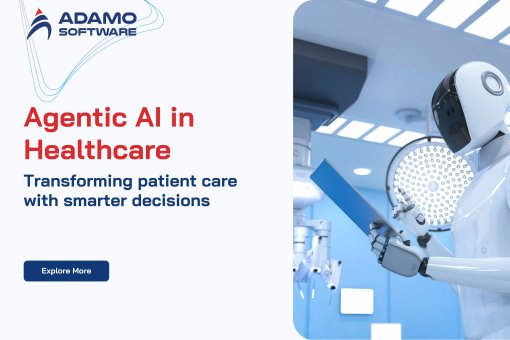The Importance of Healthcare IT Solutions Helps Organizations Increase Business Returns
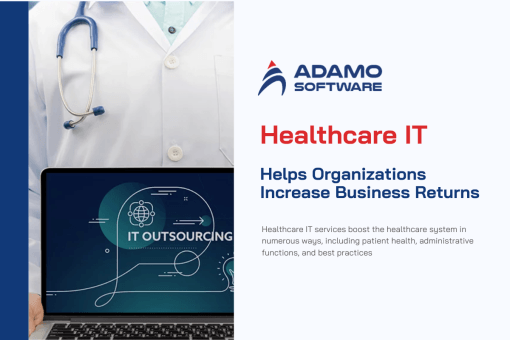
In the healthcare industry nowadays, technology has proven crucial in healthcare delivery systems’ enhancement. The handling of patient information and process modernization in healthcare are made possible through these Healthcare IT solutions. Some of the technologies are, for instance, Electronic Health Record Systems (EHRs), Telehealth Services, Data Analytics, and other systems that can assist healthcare providers in rendering better services.
Healthcare IT is not just a fashionable idea, but a concept that has to be adopted by all organizations belonging to the healthcare sector. Implementing Healthcare IT allows for higher profits due to careful consideration of operative costs and improvement of patient satisfaction.
This article discusses issues such as the function of Healthcare IT, the risks and benefits of applying standards, the benefits that IT services can obtain, and how a complete suite from Adamo Software can connect these components.
I. The Role of Healthcare IT Services
Health IT services are crucial in today’s healthcare involving processes through which medical establishments run their organizations and treatment of patients. These services boost the healthcare system in numerous ways, including patient health, administrative functions, and best practices, with the help of technology.
1. Improving Patient Outcomes
EHRs and telemedicine give healthcare professionals direct access to the patient’s details; therefore, they are considered Healthcare IT. This means medical practitioners can accurately diagnose different ailments and formulate the best treatment. The integrated record also implies continuity of care, thus reducing the chances of making mistakes while improving the care results.
Streamlining Administrative Tasks
Such clerical tasks as appointments, charges, and insurance can be time-consuming. These tasks are performed by Healthcare IT, which means cutting unnecessary paperwork and mistakes. Such automation relieves the workforce of many unnecessary tasks and increases productivity on the part of patients.
2. Enhancing Operational Efficiency
The actuality of processes is essential when providing the population with high-quality healthcare services while minimizing expenses. Healthcare IT systems assist in keeping track of resources like Inventory and staff workforce scheduling. Thus, data analysis allows healthcare providers to make the right choices to make their services better and, at the same time, become more cost-effective.
3. Legal Requirements
Currently, electronic patient records are adopted, so information protection is essential. Many healthcare IT services incorporate strong protective measures to guarantee that the information is secured and meets legal requirements such as HIPAA. These secure systems contribute to the patient’s privacy, and, thus, patient satisfaction.
4. Facilitating Research and Innovation
Healthcare IT assists research through the supply of data acquisition and analysis platforms. It plays a significant role in medical research by allowing researchers to work with big data to discover new treatments or a cure for some diseases. IT systems also help share information within institutions or promote collaboration towards innovations in the health field.
II. Opportunities and Challenges of Healthcare IT Standards
Opportunities
Different healthcare IT standards offer a lot of chances that can help change the healthcare system. Through standardized rules, frameworks, mechanisms, and policies, various organizations will have their healthcare IT solutions to improve interconnectivity and collaboration.
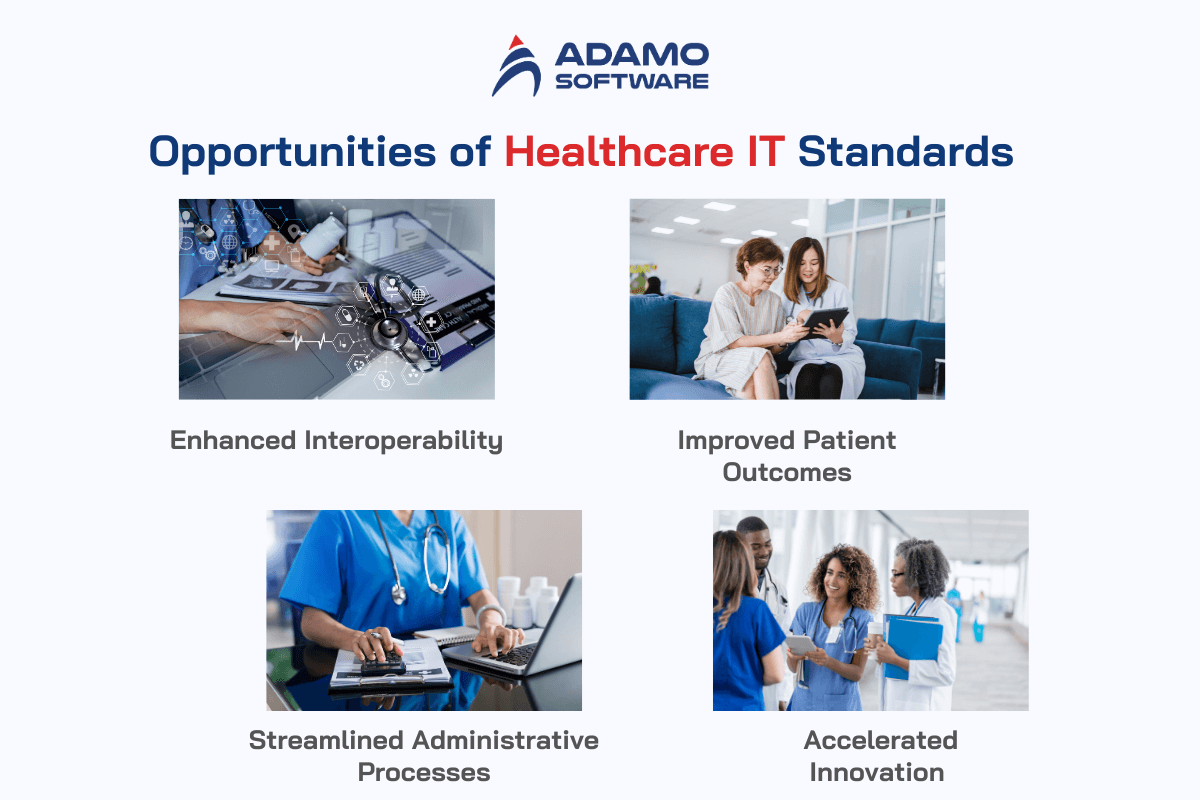
1. Enhanced Interoperability
An important benefit pushed forward by the healthcare IT standards is mainly the issue of sharing information. Interoperability standards guarantee that various healthcare IT solutions are compatible and can easily interrelate. This allows the exchange of information from one provider to another to reduce care gaps and enhance effective care delivery.
2. Improved Patient Outcomes
Those IT standards in healthcare positively impact patients by raising the applicability of best practices and proven protocols. The nationalization of the software used in healthcare lowers the quality of diagnosis and treatment plans for all providers because they all use the same effective software. Such regularity can minimize some standard deviations in the treatment of patients and, therefore, improve general health standards.
3. Streamlined Administrative Processes
By setting standard templates to follow in data handling, billing, and report generation, the extent of contractual compliance with IT healthcare solutions simplifies the administrative work. Standardization minimizes the amount spent on bureaucratic performance and increases the available amount for the actual provision of services. Further, it enhances the ability to deal with the issue of complied regulations since standard procedures are easy to assess.
4. Accelerated Innovation
The standards in healthcare IT bring out the implementation and advancement of novel technologies by enhanced structures. The standardization process makes new solutions in the area of healthcare IT less cumbersome and more affordable for commercial companies’ R&D departments. This, in turn, creates pressure to introduce new and better tools and technologies within health care on short notice.
Challenges
Considering the case of healthcare IT standards, there are several advantages associated with these standards, but there are also issues that need to be overcome to make the optimum use of these standards available.

1. Implementation Costs
The first known problem affecting healthcare IT standards is the cost of implementation. The costs associated with implementing and maintaining set protocols of healthcare IT are apparent, especially for healthcare facilities that may be poorly endowed. The costs of implementing new systems and employee training, as well as the costs of maintaining them, may be quite high at the beginning.
2. Resistance to Change
The IT healthcare integration process might encounter resistance in healthcare organizations since it interferes with established operations. Employees do not wish to change their known patterns and accept new processes, which interferes with the rate of change. Thus, there is a need to overcome the abovementioned resistance through proper implementation of change management processes and support.
3. Data Security Concerns
With standardization, there are perceived benefits in data sharing and communication that lead to interoperability. But there are also perceived threats to data security. The successful implementation of these solutions guarantees that the products meet obligated security standards to safeguard patients’ data. The major problems revolve around how to gain efficient access to the masses of data without compromising security.
4. Keeping Standards Up-to-Date
Standards in healthcare IT are rather dynamic, and it is difficult to stay abreast of the existing technologies. This implies timeliness, which includes frequent changes and updates to standards to keep in line with market demands. Thus, it seems necessary to continue developing cooperation between regulators, healthcare systems, and technology creators.
You can explore more about “Outsourcing Healthcare Software Development: When it works” here.
III. Benefits of Healthcare IT Solutions for Healthcare Service Providers
IT solutions for the healthcare field provide many advantages for healthcare service providers that transform care delivery and management. These solutions increase the use of more advanced technologies in health care provision by increasing the efficiency and effectiveness of physical operations, the patient’s general well-being, and the management of administrative functions.
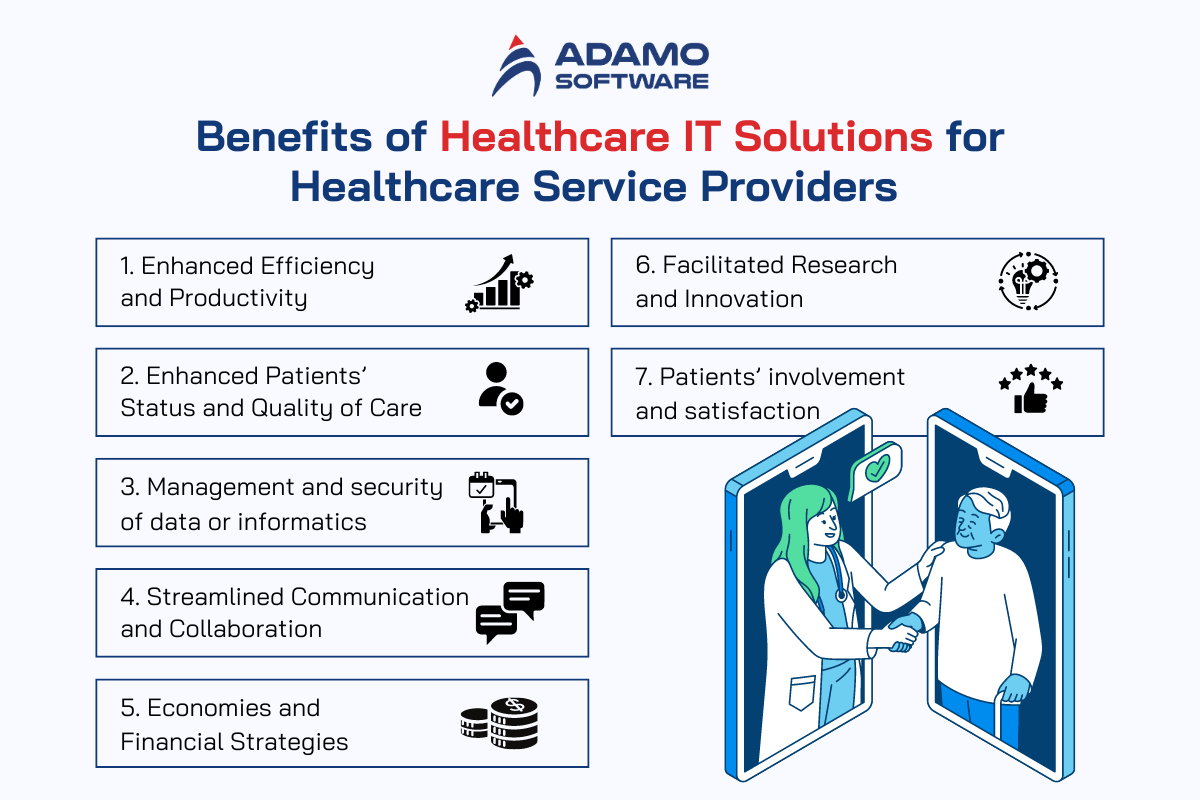
1. Enhanced Efficiency and Productivity
Health information technology in hospitals brings a better solution to the provider’s working experience. Computerized procedures of appointment, accounts receivable, and patients’ charting decrease time and workforce exertion associated with clerical work. This minimizes the time healthcare professionals spend on documentation, enhancing patient care. IT services for healthcare are always efficient in solving problems, enhancing the requisite service effectiveness.
2. Enhanced Patients’ Status and Quality of Care
Perhaps, one of the most significant advantages associated with healthcare IT usage is advancing patients’ care delivery and the subsequent results of such work. EHRs allow for the implementation of a complete and timely picture of a patient’s condition to be seen by the relevant caregivers, which would benefit the diagnosis and treatment. Patients’ histories and the stream of data obtained decrease the risk of mistakes and help the patients maximize possible outcomes.
3. Management and security of data or informatics
Predictably, Healthcare IT solutions can maintain a proper databank, that holds all the data relative to the patients so that it can be retrieved when necessary. Data security measures are implemented at the highest level possible to prevent any breaches of patient privacy and confidentiality. The IT solutions for healthcare also ensure compliance with the existing standards for patients’ data protection and the establishment of a good relationship between care providers and patients.
4. Streamlined Communication and Collaboration
Healthcare teams require good communication and cooperation when delivering good care to patients. Often, health IT facilitates the flow of information within various departments in the healthcare organization and healthcare practitioners. Conveyor models enable patient data, tests, and medical plans to be passed around the teams and ensure that all healthcare workers are familiar with the patient’s status. This, in a way, leads to proper patient care and, at the same time, proper health facility operation.
5. Economies and Financial Strategies
To summarize, the costs may be reduced for those healthcare providers who implement solutions in healthcare IT. Automated workflow means less work is manually input, enabling the company to cut on working expenses. Less time is used, and mistakes and reworks are eliminated, which translates to cutting costs. Moreover, healthcare IT systems provide a better solution for financial management than other providers since they offer ways to track costs, budgets, and resources.
6. Facilitated Research and Innovation
A specific focus on Healthcare IT clearly shows that it is central to all research and innovation procedures execution. This means that, through the availability of enormous data, healthcare providers can carry out a study to enhance existing treatments or even come up with new ones. Delivery of IT services for healthcare ensures the gathering and processing of the largest possible scale of knowledge, thus improving the solutions for health issues.
7. Patients’ involvement and satisfaction
Healthcare IT solutions also contribute to increasing patient involvement and satisfaction. E-Patient technology encompasses patients ‘Portal and Mobile applications through which they get their health information, personal appointments, and easy access to healthcare providers. These factors create higher levels of patient satisfaction, and positive health outcomes because patients can be more active in their treatment.
IV. Put it All Together with Healthcare IT Solutions of Adamo Software
Adamo Software is significantly positioned as the leading provider of a wide range of digital health solutions to suit the needs of various clients in the field of healthcare. Adamo Software is committed to applying cutting-edge solutions to improve healthcare service delivery, increasing the institutions’ efficiency and business value.

1. Integrated Healthcare IT Solutions
This is evident when it comes to the services that are provided by Adamo Software where it provides integrated healthcare IT solutions for the management of several aspects of health care. These solutions include electronic health records (EHRs), patient management systems, telemedicine, and many others. The roles involved in processing data have significantly improved. By integrating a solution, such as Adamo Software, the communication and information-sharing processes are made more efficient.
2. Adaptive IT Services for Healthcare
This means that, as opposed to so many other companies, Adamo Software knows that every healthcare organization has different needs, and that’s why the former offers healthcare-specific IT solutions that can be adapted to individual needs. Such services will include consultancies in designing customized software, integration, and maintenance services. Customization helps to achieve the best possible result for healthcare IT solutions’ utilization since its goals match the needs and processes of the organizations.
3. Improve Data Security and Compliance
Proper data management is a big issue, especially when it comes to the management of health information for clients. At Adamo Software, healthcare IT embraces state-of-the-art security to ensure the protection of private data. Such measures include encryption, access controls, and the regularity of the security check. In particular, the subject develops its products to adhere to all the latest healthcare requirements, confidentiality standards, and laws, including HIPAA, thus protecting a patient’s rights while preserving an organization’s reputation.
4. Enhanced interaction with patients and patient satisfaction
Other objectives revealed by Adamo Software’s Healthcare IT solutions include enhancing patient communications and satisfaction. Patients’ engagement solutions, patient portals, and mobile applications produced by Adamo Software enable patients to easily obtain their personal health information, interact with their caregivers, and schedule appointments. This decentralization and ease increase patients’ satisfaction levels and well-being.
5. Data-Driven Decision Making
Adamo Software allows healthcare organizations to analyze data and make the proper decision. Healthcare IT involves comprehensive, high-end data analysis solutions that would enable providers to identify areas of strength as well as weakness, as well as, decision support. This scientific decision-making results in the integration of improved working methods, better patient results, and higher business profits.
6. Ongoing Support and Innovation
Reading it again, you would understand that the key stakeholder, the customer, is assured of continued support and that Adamo Software is equally concerned about being ahead of time in terms of technology. This crew of specialists is always ready to help healthcare organizations with potential problems and to implement new technologies when they appear. This sort of support guarantees that the needs of healthcare providers are adequately addressed, hence making Adamo Software Solutions its unwavering partner.
Organizations in the healthcare industry require complete services that necessitate Adamo Software which considers all factors important for their success. Integrated system software and services, customizable, data security, patient engagement, and satisfaction are some of the primary areas that concern healthcare technology, and this is where Adamo Software meets the need. Working with Adamo Software means that leaders of healthcare facilities can advance their field, facilitate patients’ treatment, and gain immense business outcomes.







